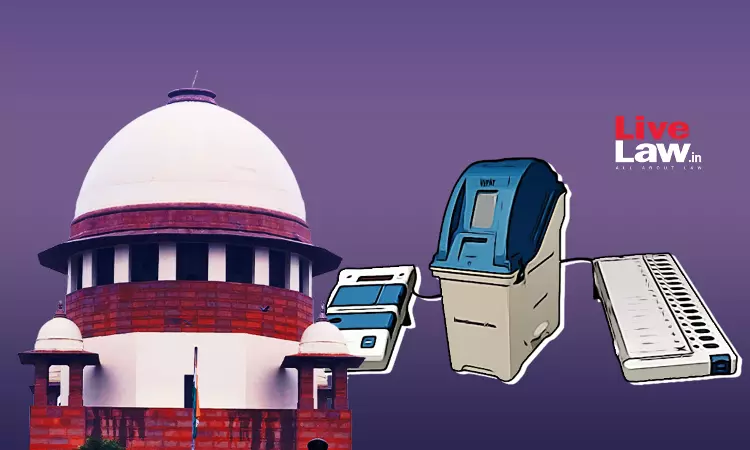‘Aren’t We Being Over Suspicious?’: Supreme Court Asks While Hearing PIL For EVM-VVPAT Tally; Seeks ECI's Response
Awstika Das
17 July 2023 8:23 PM IST

Next Story
17 July 2023 8:23 PM IST
The Supreme Court of India on Monday expressed its reservations about a plea filed by a non-governmental organisation, Association for Democratic Reforms, seeking a declaration that every voter had the fundamental right to verify that their vote has been ‘recorded as cast’ and ‘counted as recorded’. Advocate Prashant Bhushan appeared for the NGO before a division bench...
